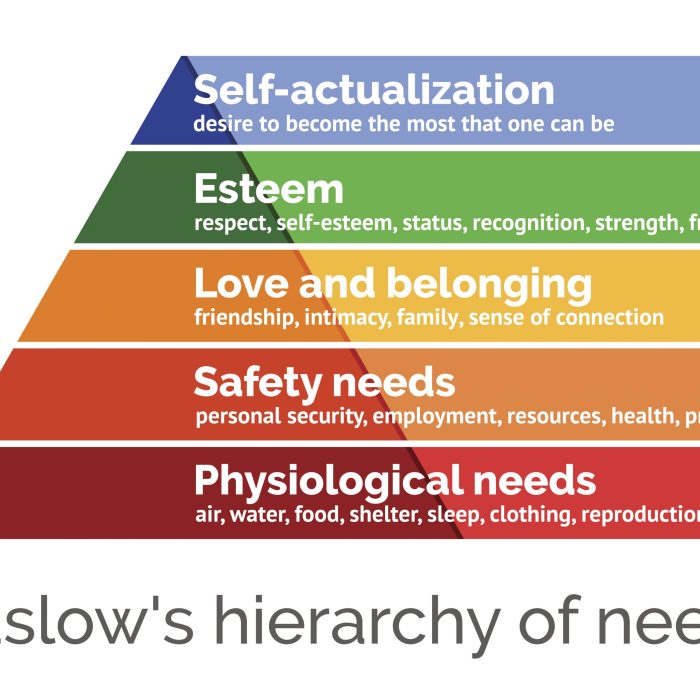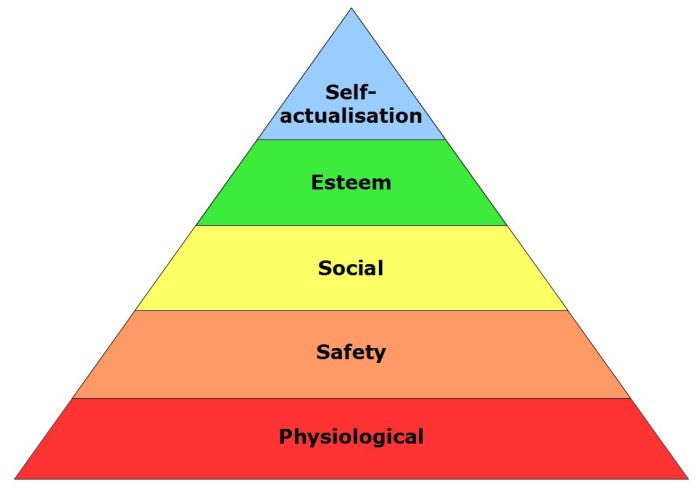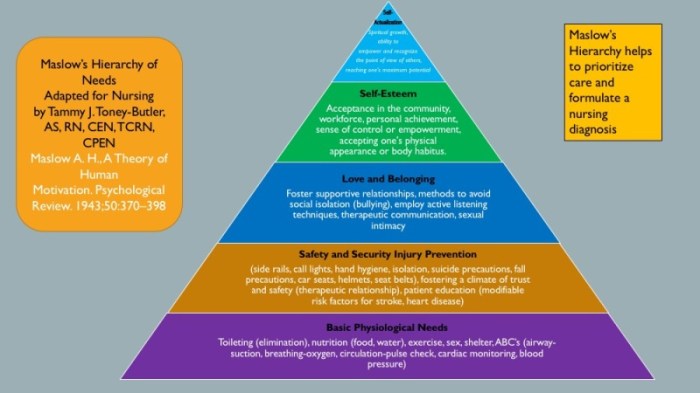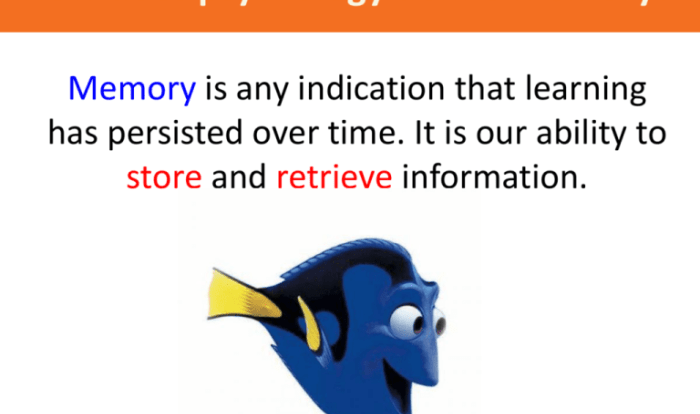Quiz on Maslow’s Hierarchy of Needs: Dive into the fascinating world of human motivation with our comprehensive quiz. Explore the intricacies of Maslow’s renowned theory, examining the fundamental needs that shape our behaviors and aspirations.
Maslow’s hierarchy of needs, proposed by renowned psychologist Abraham Maslow, provides a foundational framework for understanding human motivation. This quiz delves into the five levels of the hierarchy, uncovering their significance and exploring real-life examples of their fulfillment.
Maslow’s Hierarchy of Needs Overview
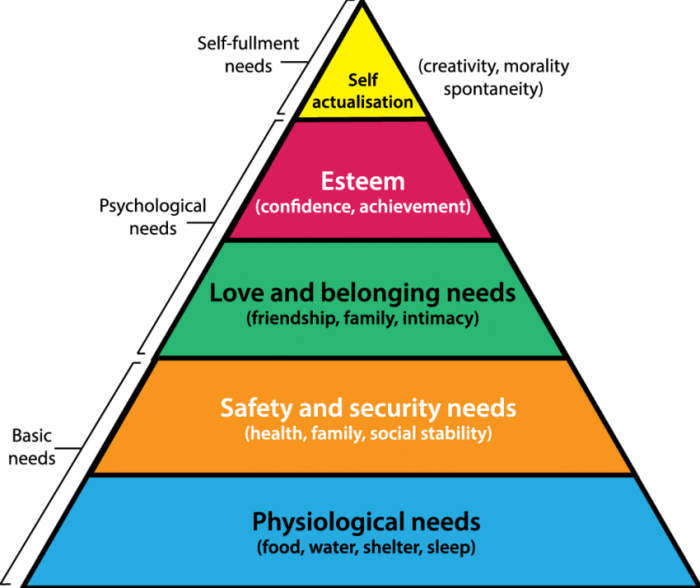
Maslow’s hierarchy of needs is a motivational theory in psychology comprising a five-tier model of human needs, often portrayed as hierarchical levels within a pyramid. Needs lower down in the hierarchy must be satisfied before individuals can attend to needs higher up.
These needs can also be categorized into two different types: deficiency needs and growth needs.
Five Levels of Maslow’s Hierarchy of Needs
- Physiological needs
- Safety and security needs
- Love and belonging needs
- Esteem needs
- Self-actualization needs
Physiological Needs
Physiological needs are the most basic needs required for survival. These needs include food, water, shelter, sleep, and homeostasis. Physiological needs are considered to be the most important needs because they must be met in order for the individual to survive.
Examples of how physiological needs are met include eating a meal, drinking water, getting a good night’s sleep, and maintaining a comfortable body temperature.
Safety and Security Needs
Safety and security needs are the second level of Maslow’s hierarchy of needs. These needs include physical security, financial security, health, and well-being. Safety and security needs are important because they provide individuals with a sense of stability and predictability.
Examples of how safety and security needs are met include having a safe place to live, having a job that provides financial stability, and having access to healthcare.
Love and Belonging Needs
Love and belonging needs are the third level of Maslow’s hierarchy of needs. These needs include love, intimacy, friendship, and a sense of community. Love and belonging needs are important because they provide individuals with a sense of connection and belonging.
Examples of how love and belonging needs are met include spending time with loved ones, having close friends, and being involved in a community group.
Esteem Needs, Quiz on maslow’s hierarchy of needs
Esteem needs are the fourth level of Maslow’s hierarchy of needs. These needs include self-respect, confidence, achievement, and recognition. Esteem needs are important because they provide individuals with a sense of self-worth and accomplishment.
Examples of how esteem needs are met include achieving goals, receiving positive feedback from others, and being respected by peers.
Self-Actualization Needs
Self-actualization needs are the fifth and highest level of Maslow’s hierarchy of needs. These needs include personal growth, fulfillment, and the realization of one’s full potential. Self-actualization needs are important because they allow individuals to live a meaningful and fulfilling life.
Examples of how self-actualization needs are met include pursuing personal interests, learning new skills, and helping others.
FAQ Explained: Quiz On Maslow’s Hierarchy Of Needs
What is Maslow’s hierarchy of needs?
Maslow’s hierarchy of needs is a motivational theory that proposes that human needs are arranged in a hierarchical structure, with basic physiological needs at the foundation and self-actualization needs at the apex.
What are the five levels of Maslow’s hierarchy of needs?
The five levels of Maslow’s hierarchy of needs are: physiological needs, safety and security needs, love and belonging needs, esteem needs, and self-actualization needs.
How can Maslow’s hierarchy of needs be applied to personal growth?
Maslow’s hierarchy of needs can be applied to personal growth by helping individuals identify their unmet needs and develop strategies to fulfill them. By addressing needs at each level, individuals can progress toward self-actualization and live more fulfilling lives.
